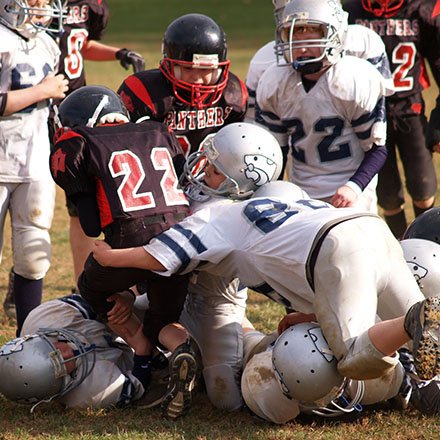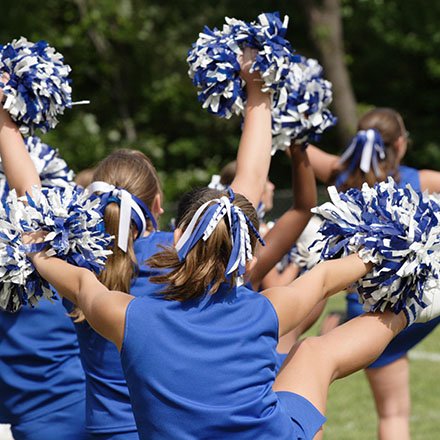Turning Youth Sports Safety Awareness Into Action
By Wayne B. Moss
Executive Director, National Council of Youth Sports
As months go, April was especially noteworthy in the youth sports world, serving to shine a spotlight on two critical issues. It was both Child Abuse Prevention and Sexual Assault Awareness Month and Youth Sports Safety Month. We can’t completely turn the calendar before marking the occasion one last time by issuing a call to action.
We know that sports-based youth development is a proven strategy to create healthier young people, protect them against risky behaviors and develop them into transformational leaders and globally minded graduates – all serving to address many of our nation’s social and economic challenges.
However, the youth development outcomes associated with sports that we seek cannot be obtained without ensuring young people are protected physically, socially and emotionally. The statistics are staggering. There are some 3.5 million annual sports-related injuries. The Centers for Disease Control and Prevention say half of those injuries are preventable. In addition, an estimated 1-in-10 children are abused before their 18th birthday, taking trauma with them through adulthood.
Safety is foundational to the youth sports experience, and the safety of young people should be our collective top priority. These core beliefs guide us at the National Council of Youth Sports as we strive to provide youth sports parents and other caregivers, coaches and administrators the important resources they need to turn awareness into action and challenges into success stories. We want to help all youth sports organizations strengthen safety’s twin pillars of injury prevention and personal protection.
NCYS recently updated our “Recommended Guidelines and Best Practices for Background Screening in Youth-Serving Organizations” to address notable legislative and policy changes affecting youth sports. Building on those efforts, NCYS has 1.) established a partnership with the American Orthopaedic Society for Sports Medicine (AOSSM) to deliver its STOP Sports Injuries resources; 2.) created a Health & Safety Advisory Council (HSAC); and 3.) partnered with Saprea to share its abuse-prevention resources. We will be providing additional resources as the year continues.
The HSAC is a 12-member panel of nationally recognized experts from many specialty areas including sports medicine, mental health and performance, social and emotional learning, sports science and coaching education. The council members are: James Andrews, MD; Scott Burkhart, PsyD; Deena Casiero, MD; Coach Jack Crowe; Stephanie Kliethermes, PhD; Michele LaBotz, MD; David Martineau; Becky Milot-Bradford; Karissa Niehoff, PhD; Andrew D. Pearle, MD; Chris Snyder; and Kevin Wilk, DPT.
They will enhance our commitment to youth sports safety by creating, assessing, amplifying and disseminating practical content as well as providing guidance on policy.
Assuring the safety of young people and applying the highest level of integrity to business policy and practices establishes youth-serving organizations as a trusted community institution. Identifying the right staff and volunteers to work with youth athletes is one of the most important business decisions youth organizations will make, and it requires a systematic approach to be effective.
The third edition of “NCYS Recommended Guidelines and Best Practices for Background Screening in Youth-Serving Organizations” – available for download here – provides the template for a national industry standard as organizations review their safety programs, policies and procedures.
Failure to provide a safe environment, built on a foundation of injury prevention and personal protection, stops young people from reaching their full potential. The engagement of NCYS for the last 30 years has helped keep America’s youth safe. We encourage all youth sports organizations to engage with us, to access, employ and share our gold-standard resources.
They say April showers bring May flowers. May, as National Physical Fitness and Sports Month and Mental Health Awareness Month, will shift the spotlight toward other important subjects. Let’s work together to turn April’s awareness of the larger issue of youth sports safety into action on multiple fronts in May and beyond until every young person has the opportunity to participate in sports in a safe environment. Imagine the positive possibilities for the next generation from there.




